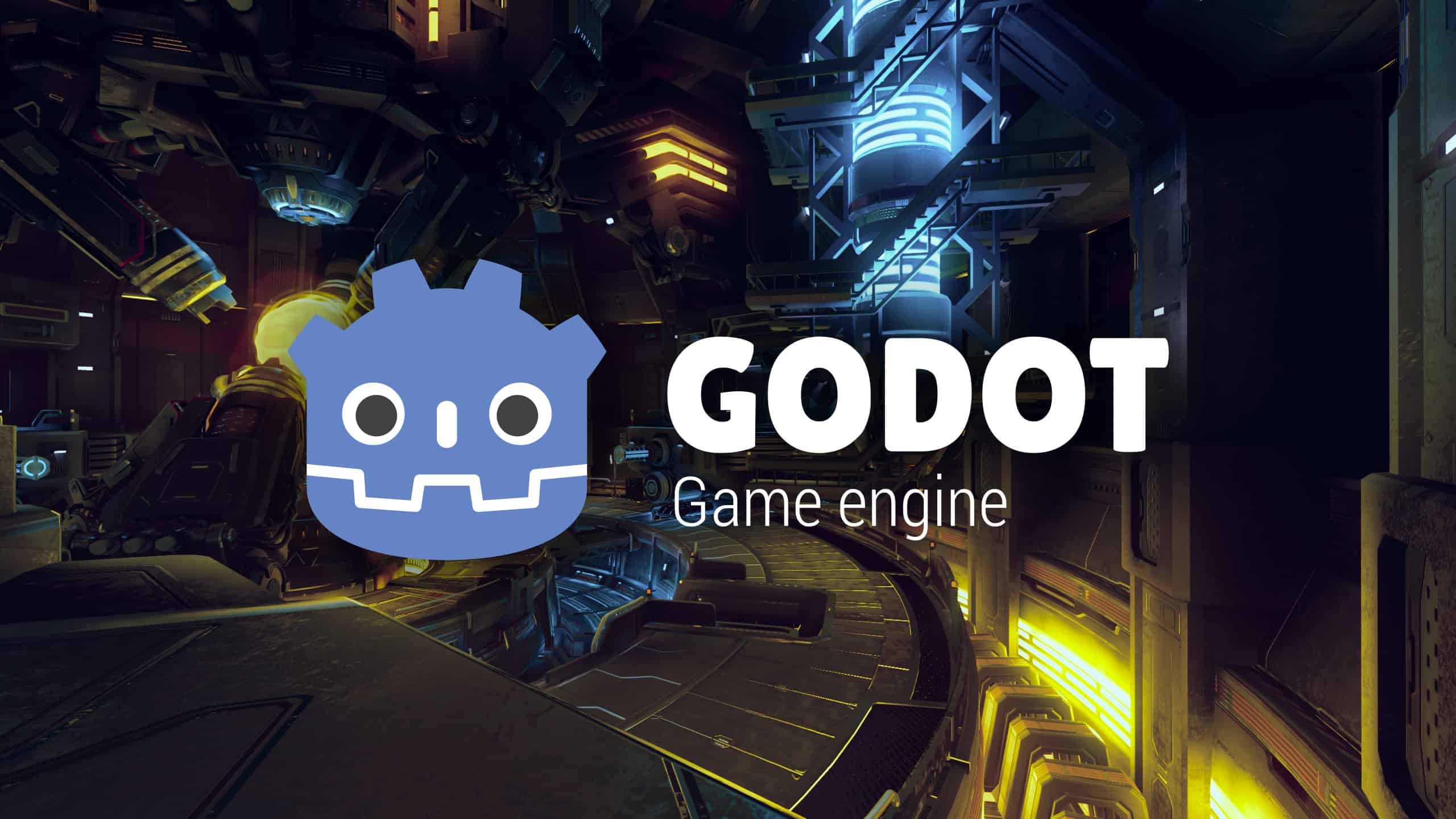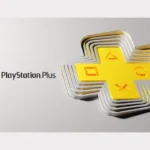Godot is a free game engine that helps people make video games. It works for both 2D and 3D games. Many beginners use Godot because it’s easy to learn. The Godot engine uses a simple programming language called GDScript, which is great for new coders.
Godot has many tools to help make games. These include a scene editor, sprite editor, and animation system. The engine also has built-in physics and sound systems. This means you can create complex games without writing lots of code.
There are many tutorials and guides for learning Godot. The official Godot website has step-by-step lessons for new users. You can also find video courses and written guides online. These resources cover topics from basic setup to advanced game design.
Diving into Godot Engine: A Beginner’s Tutorial
Godot Engine is a powerful, open-source game engine that’s gaining popularity for its user-friendly interface and versatile features. Whether you’re a seasoned developer or just starting your game dev journey, Godot offers a great platform to bring your ideas to life. This tutorial will guide you through the basics of Godot and get you started on creating your first game.
1. Download and Installation
Head over to the official Godot Engine website (godotengine.org) and download the latest stable version for your operating system. The installation process is straightforward; just follow the on-screen instructions.
2. Getting Familiar with the Interface
When you launch Godot, you’ll be greeted by the Project Manager. Here, you can create new projects, open existing ones, and manage your Godot settings.
Create a new project and give it a name. Once you open your project, you’ll see the main Godot editor, which consists of several key areas:
- Scene Dock: This is where you’ll organize the different scenes that make up your game.
- Filesystem Dock: This panel displays the files and folders in your project.
- Inspector: Here, you can view and modify the properties of the elements in your scene.
- Viewport: This is where you’ll see a visual representation of your game as you build it.
- Output: This panel displays any error messages, warnings, or output from your game.
3. Creating Your First Scene
In Godot, games are built using scenes. A scene is a collection of nodes that work together to create a specific element or functionality in your game.
Let’s create a simple scene with a bouncing ball:
- Add a Node: Click the “Add Child Node” button in the Scene dock and select “KinematicBody2D.” This node will represent our ball and allow it to move and interact with other objects.
- Add a Sprite: Add a “Sprite” node as a child of the KinematicBody2D. This will give our ball a visual appearance.
- Import an Image: In the Inspector panel, click the “Texture” property of the Sprite node and import an image of a ball.
- Add a CollisionShape2D: Add a “CollisionShape2D” node as a child of the KinematicBody2D. This will define the shape of our ball for collision detection.
- Choose a Shape: In the Inspector, click the “Shape” property of the CollisionShape2D and choose “New CircleShape2D.” Adjust the radius to match the size of your ball image.
4. Adding Movement with a Script
To make our ball bounce, we’ll need to add a script.
- Attach a Script: Select the KinematicBody2D node and click the “Attach Script” button in the Inspector.
- Write the Code: In the script editor, add the following GDScript code:
GDScript
extends KinematicBody2D
export var speed = 200
var velocity = Vector2.ZERO
func _physics_process(delta):
velocity.y += 10 # Apply gravity
move_and_slide(velocity)
# Bounce off the edges of the screen
if is_on_wall():
velocity.x = -velocity.x
if is_on_floor():
velocity.y = -speed
This script defines the ball’s movement. It applies gravity, makes the ball move, and handles bouncing off the screen edges.
5. Running Your Game
Press F5 or click the “Play Scene” button to run your game. You should see your ball bouncing within the viewport!
Next Steps
This is just a basic introduction to Godot. There’s much more to explore, including:
- Different Node Types: Experiment with various nodes to create different game objects and functionalities.
- Input Handling: Learn how to handle user input from keyboard, mouse, or gamepads.
- Scenes and Levels: Build more complex scenes and connect them to create levels for your game.
- Animation: Add animations to your game objects to bring them to life.
- GUI: Create user interfaces with buttons, menus, and other elements.
Godot Engine has a thriving community and extensive documentation to help you on your game development journey. Explore the official website, forums, and tutorials to learn more and unleash your creativity!
Key Takeaways
- Godot is a free game engine for making 2D and 3D games
- It has many built-in tools that make game creation easier
- There are lots of tutorials to help beginners learn Godot
Getting Started with Godot
Godot is a free and open-source game engine that lets you make games easily. It has tools for both 2D and 3D games. This section will help you set up Godot and start using it.
System Requirements and Installation
Godot works on many computers. You need:
- Windows 7 or newer, macOS 10.12+, or Linux
- 4 GB RAM
- OpenGL 2.1 / OpenGL ES 2.0 compatible graphics
To install:
- Go to godotengine.org
- Click “Download”
- Choose your system (Windows, Mac, or Linux)
- Download the file
- Unzip the file
- Run Godot
Godot doesn’t need a special install. Just unzip and use it. This makes it easy to have different versions on your computer.
Understanding the Godot Interface
When you open Godot, you’ll see the project manager. Here you can make new projects or open old ones. After you pick a project, you’ll see the main screen. It has these parts:
- Viewport: Where you see and edit your game
- Scene tab: Shows your game’s structure
- Inspector: Change object settings
- FileSystem: Manage your project files
The top menu has options like “Scene” and “Project.” Use these to save, export, and change settings. Godot’s layout is clear and easy to use, even for new users.
Project Setup and Configuration
To start a new project:
- Click “New Project” in the project manager
- Pick a name and folder for your project
- Choose a rendering mode (2D or 3D)
- Click “Create & Edit”
Next, set up your project:
- Go to “Project” > “Project Settings”
- Set your game’s size and frame rate
- Pick a starting scene
You can add assets by dragging files into the FileSystem tab. Godot supports many file types for images, sounds, and 3D models. The project settings let you change how your game looks and works. Take time to explore these options as you learn Godot.
Building Scenes and Scripts
Godot uses scenes and scripts as the building blocks for games. Scenes organize visual elements, while scripts add behavior and logic. Let’s explore how to create and manage these key components.
Creating and Managing Scenes
Scenes in Godot are like containers for game objects. They hold nodes, which are the basic elements of a game. To make a new scene, open the Godot editor and click “New Scene.” Choose a root node type, such as Node2D for 2D games or Node3D for 3D games.
Add child nodes to build your scene. For a simple 2D character, you might add a Sprite node for the image and a CollisionShape2D for physics. Name your nodes clearly to keep things organized.
Save your scene with a .tscn file extension. You can then use this scene in other parts of your game by instancing it. This lets you reuse complex objects easily.
Scripting with GDScript and C#
Scripts bring scenes to life with code. Godot supports two main languages: GDScript and C#. GDScript is easy to learn and designed for Godot. C# offers more advanced features and better performance.
To add a script, select a node and click “Attach Script.” Choose your language and start coding. Here’s a simple GDScript example:
extends Sprite2D
func _ready():
position = Vector2(100, 100)
func _process(delta):
rotation += 1 * delta
This script moves a sprite to a specific position and makes it spin. Scripts can control node properties, handle input, and manage game logic.
Working with Nodes and Resources
Nodes are the basic parts of scenes. Each node type has special functions. Sprite2D shows images, Area2D detects collisions, and Label displays text. Pick the right node for each task in your game.
Connect nodes with signals to make them work together. For example, a button can send a signal when pressed to start a game. Set this up in the Node tab or with code.
Resources are data files used in your game. They include images, sounds, and custom data types. Load resources in scripts like this:
var texture = load("res://sprite.png")
$Sprite2D.texture = texture
This loads an image and sets it as a sprite’s texture. Use resources to keep your game data separate from your code.
Designing Gameplay Mechanics
Gameplay mechanics form the core of any game. They define how players interact with the game world and shape the overall experience.
Developing 2D and 3D Games
Godot supports both 2D and 3D game development. For 2D games, use Node2D as the base for scenes. Add sprites for characters and objects. Set up tilemaps for backgrounds and levels. Use Area2D nodes for detecting overlaps and clicks.
In 3D games, start with Spatial nodes. Add 3D models and set up cameras to view the scene. Use StaticBody and KinematicBody for objects and characters. Create materials to define how surfaces look and react to light.
Regardless of dimension, plan your game structure. Break it down into scenes and nodes. This helps organize your project and makes it easier to manage.
Implementing Player Controls and Physics
Player controls are key to a fun game. Set up input actions in the Project Settings. These can be linked to keyboard, mouse, or controller inputs. Use them in scripts to move characters or trigger actions.
For 2D games, KinematicBody2D is great for player-controlled objects. It allows precise movement and collision handling. RigidBody2D works well for objects that need realistic physics.
In 3D, use KinematicBody for characters. It gives full control over movement. For objects that should react to physics, use RigidBody.
Add CollisionShape nodes to define the physical boundaries of objects. This enables collision detection and response.
Animation and Sound Integration
Animations bring games to life. For 2D games, use sprite sheets and the AnimationPlayer node. Create frame-by-frame animations for characters and objects. Set up animation trees to manage complex state changes.
In 3D, you can use skeletal animations with AnimationPlayer. Import 3D models with animations or create them in Godot. Blend between animations for smooth transitions.
Sound is crucial for immersion. Add AudioStreamPlayer nodes for music and sound effects. Trigger sounds in response to game events. Use 3D audio for positional sound in 3D games.
Particle systems can add visual flair. Use them for effects like explosions, fire, or magic spells. They work in both 2D and 3D games.







